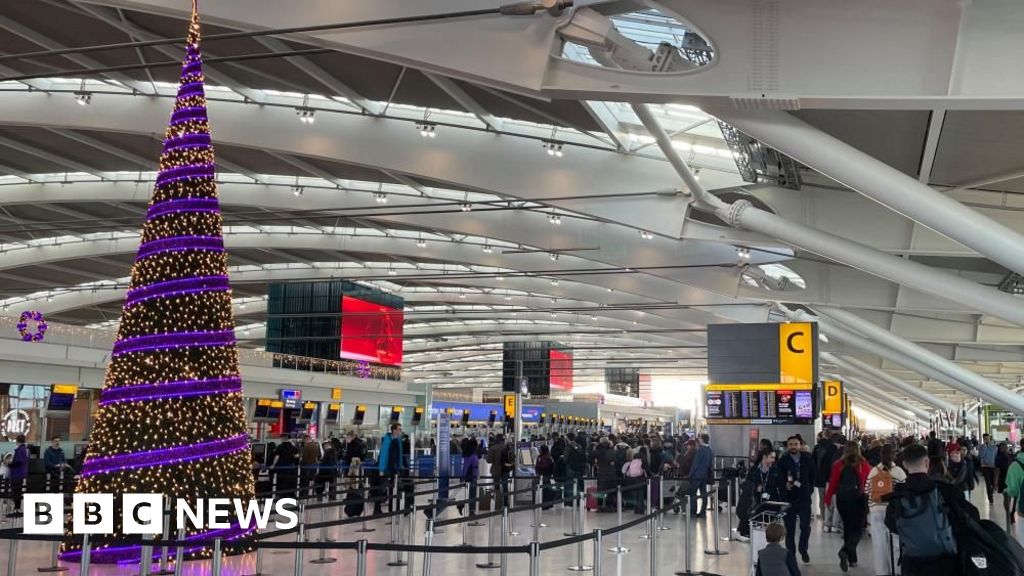There could be from 12 to 17 named tropical cyclones this hurricane season in the Atlantic Ocean, similar to the number of named storms last year and a “near-normal” amount, forecasters said.
There is, however, uncertainty in the outlook unveiled on Thursday by the National Oceanic and Atmospheric Administration, because of the unknown effect of competing weather patterns. Storms are given names when their winds reach or exceed 39 miles per hour.
Rick Spinrad, the NOAA administrator, said at a news conference on Thursday morning that forecasters believed that from five to nine of the named storms could become hurricanes, meaning they would reach winds of at least 74 m.p.h. Those could include from one to four major hurricanes — Category 3 or higher — with winds of at least 111 m.p.h.
According to NOAA, there is a 40 percent chance of a near-normal season and a 30 percent chance of an above-normal season, but there is also a 30 percent chance of a below-normal season. An average Atlantic hurricane season has 14 named storms, seven hurricanes and three major hurricanes.
Fewer named storms are expected this year than in 2020 and 2021, active seasons that exhausted the names set aside for tropical systems. A less active season is expected mainly because of a developing El Niño, a periodic weather pattern that often reduces hurricane formation in the Atlantic by increasing wind shear, or changes in wind speed and direction from ocean or land surfaces into the atmosphere. Hurricanes need a calm environment to form, and the instability caused by increased wind shear makes those conditions less likely.
El Niño could form over the next few months, most likely having an impact through the central months of the Atlantic’s hurricane season, which takes place from the beginning of June to the end of November and peaks in September.
A wild card this year is the combination of favorable conditions created by warmer-than-average temperatures in the surface of the Atlantic, which can provide energy to fuel hurricanes, and the potential for an above-normal West African monsoon. The monsoon season produces storm activity that seeds some of the more potent and longer-lived Atlantic storms.
“It’s a pretty rare condition to have the both of these going on at the same time,” said Matthew Rosencrans, the lead hurricane-season forecaster with the Climate Prediction Center at NOAA.
There is no significant historical context for a hurricane season with favorable conditions in the Atlantic and an El Niño developing at the same time. “I’ve only seen it one other time,” Mr. Rosencrans said, “and there’s still hurricanes.”
Phil Klotzbach, a researcher at Colorado State University who studies hurricanes, thinks that the warmer-than-average ocean temperatures could ease the typical impacts from El Niño, even as he expects that “we’ll see somewhat enhanced vertical wind shear, given just how strong El Niño is likely to be.”
Weather researchers, including Mr. Klotzbach, are the pioneers in hurricane-season forecasts, and released their first forecasts in April. They predicted then that this year would be a slightly below-average season, with 13 named storms in the Atlantic. The team’s updated forecast will come out on June 1.
“Remember, it only takes one storm to devastate a community,” Mr. Spinrad said, adding that, regardless of the statistics predicting a less-active season, “if one of those named storms is hitting your home or your community, it’s very serious.”
Even though last year was forecast to be an above-average season, it ended up being a near-average season — just like the forecast for this season — with 14 named storms. Three of those made landfall as hurricanes, including Ian, which tied for the fifth-strongest hurricane ever to make landfall in the United States.
Even in average or below-average years, there is a chance that a powerful storm will make landfall.
In a warming world, that chance increases. There is solid consensus among scientists that hurricanes are becoming more powerful because of climate change. Although there might not be more named storms overall, the likelihood that major hurricanes will form is increasing.
Climate change is also affecting the amount of rain that storms can produce. In a warming world, air can hold more moisture, which means a named storm can hold, and produce, more rainfall, much as Hurricane Harvey did in Texas in 2017, when some areas received more than 40 inches of rain in less than 48 hours.
Researchers have also found that storms have slowed down over the past few decades.
When a storm slows down over water, it can absorb more moisture. When a storm slows down over land, it can drop more rain on a single location, as was the case with Hurricane Dorian in 2019, which slowed to a crawl over the northwestern Bahamas, resulting in 22.84 inches of rain in Hope Town.
Research shows that there might be other impacts to these storms from climate change as well, including storm surge, rapid intensification and a broader reach of tropical systems.















































